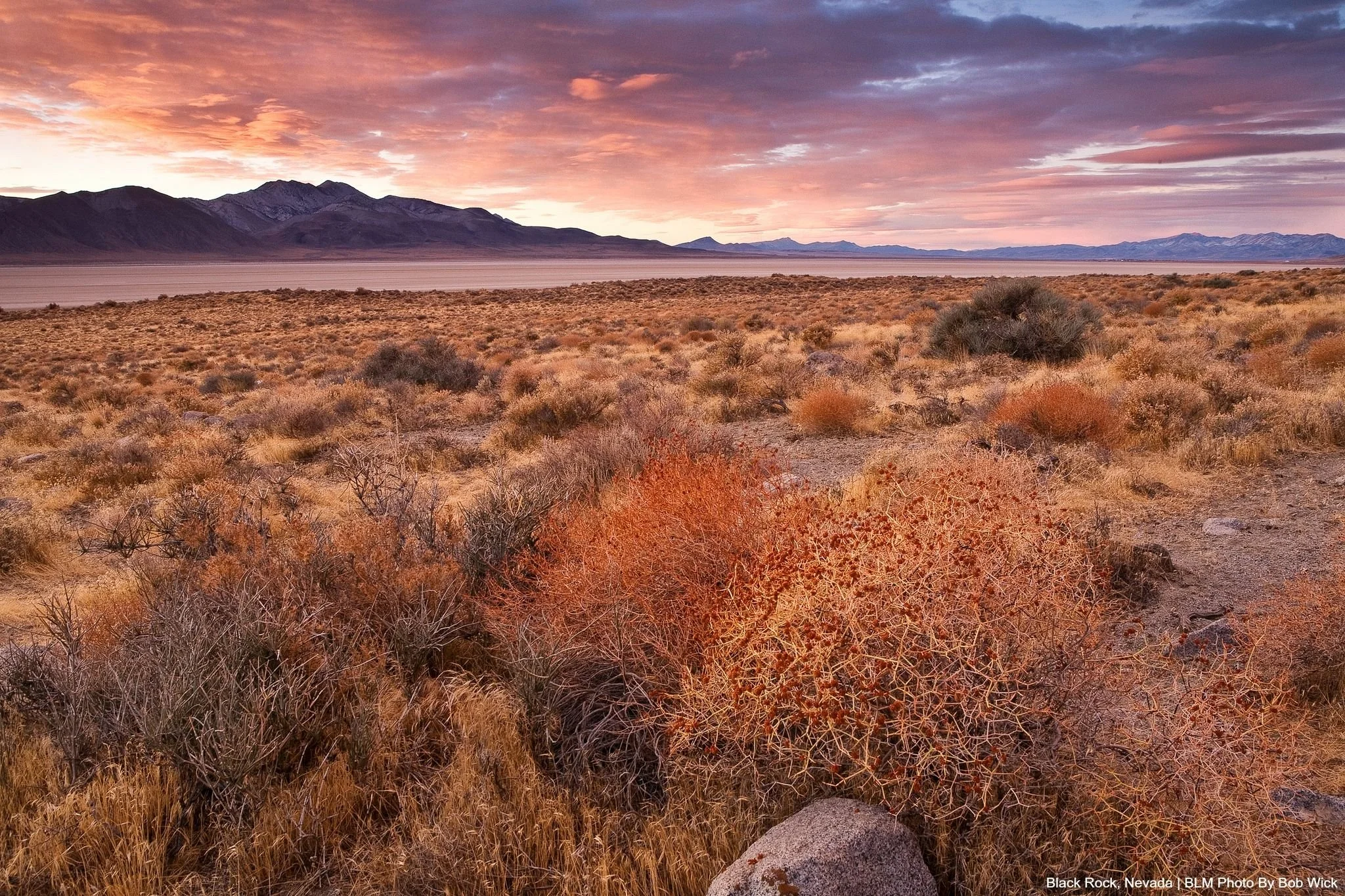HECHO’s Campaigns
-
The Colorado River drains a watershed spanning a quarter of a million square miles in the United States and Mexico. In addition to serving populous and important urban communities, the Colorado River provides all or part of the water for 5 million acres of irrigated farmland in nine states. The Colorado River also provides drinking water to over 36 million people, supports a $26 billion water-based recreation economy and sustains 30 endemic fish species. The Colorado River Basin’s climate problems are twofold. First, a century ago's decisions overallocated the river's water, promising more to the region's farms and growing cities than the river could deliver even under a stationary climate subject to decadal-scale variability. Second, climate change has magnified the problem—21st-century flows are 20% below the already inadequate 20th-century average, with a substantial portion of that reduction attributed to climate change and with continued declines predicted.
Resources:
HECHO Colorado River Issue Brief
HECHO Colorado River Recommendations
Drought-related fact/tip sheets
Colorado River drought contingency plans
Colorado River Basin factsheets/articles/video links -
There is an opportunity to honor and protect a deeply sacred place for the native Apache people of Arizona while also protecting an area 2-miles in diameter from a mining project that will do more harm than good for all people in the region. The Resolution Copper Project, just 40 miles east of Phoenix, would exhaust 250 billion gallons of water from an already strained Arizona water supply, and permanently damage the area known as Oak Flat or Chi’chil Bildagoteel by the Indigenous community. The potential for the project itself comes about after five failed attempts to push a land exchange between Resolution Copper and the Federal Government finally succeeded as a part of the 2015 National Defense Authorization Act.
Related Resources:
HECHO Oak Flat Issue Brief
Apache Stronghold Website -
Known as the Grand Canyon State, Arizona has been home to the Havasupai since time immemorial. The Grand Canyon is one of the most iconic natural wonders of the world. However, work remains to permanently protect the Grand Canyon and the adjacent communities and wildlife that depend on a clean and reliable watershed safe from uranium mining. The uranium industry’s effort to mine uranium on federal public lands near the Grand Canyon threatens the region’s booming tourism industry, which supports over 12,000 jobs and encourages the protection and preservation of the natural wonder. In 2018, the Department of the Interior, under the Trump Administration, officially listed uranium as a “critical mineral.” The Department of Commerce subsequently launched an investigation into the option of imposing import quotas and domestic-purchasing requirements on U.S. uranium buyers to meet defense needs and supply the nation’s electrical grid. However, uranium mining in the U.S. is not vital for economic or national security.
Resources:
HECHO Grand Canyon Issue Brief
Baaj Nwaavjo I’tah Kukveni Grand Canyon National Monument Fact Sheet -
Finding solutions to the climate crisis, the broken federal oil and gas leasing program, and additional investments in our communities in a compound way begins with accountability. The oil and gas industry’s outdated royalty rates and bonding standards give it a free pass on paying its fair share for the use of public lands and being held accountable for cleaning up after itself. Increased royalty rates, bonding standards, and implementation fees for idled wells may seem counterintuitive as residents of the United States are often burdened with the unstable and artificially manipulated prices at the pump, but we also know that the conversation is more nuanced than that. Oil and gas executives control key aspects of the market, allowing them to take advantage of consumers and raise prices to increase profits or withhold supply for the same result. Compound reforms to ensure efficient and responsible use of federal public lands by the industry and fair rates for its use of those lands are possible.
Resources:
HECHO Oil and Gas Issue Brief -
Using the Antiquities Act to protect exceptional landscapes, our history and heritage, and sacred lands is a key tool in combatting the climate crisis, and a way to honor the racially and ethnically diverse history of our nation.
The Antiquities Act has historically been used to designate exceptional landscapes by both Republican and Democratic Administrations, protecting such iconic places as the Grand Canyon National Park and Bears Ears National Monument.
Because energy production on public lands accounts for almost 25% of all U.S. carbon dioxide emissions, we must do more to strike a balance on federal lands to protect places that should be set aside for conservation. The expansion of our nation’s national monuments helps strike that balance and protects critical wildlife, water, and other natural resources from further development.
Resources:
HECHO Permanent Protections Issue Brief
Federal Land Designations: A Brief Guide -
Wildlife and riparian corridors are pathways and waterways that provide food, water, and habitat; they are vital to the survival of the plants, animals, and local communities that thrive along their undisturbed channels. The Upper Rio Grande Watershed is one of these critical channels.
The Rio Grande flows 1,900 mi (3,060 km) from its sources in The Rocky Mountains of southwestern Colorado to the Gulf of Mexico. The Upper Rio Grande includes the area in Colorado through the northernmost rift valley of New Mexico, a region known as Rio Arriba. The watershed supports over 6 million people and is already suffering shortages from over-allocations of the water. Population growth, combined with climate change, is exasperating the stress on the watershed even more, leading to catastrophic wildfires, reduced agricultural production, poor water quality, and wildlife habitat loss.
Resources:
HECHO Rio Grande Issue Brief
Caja del Río One-Pager
Caja del Río Map
HCLC LEARN Webinars
Our Leaders Engaged in Advocacy, Resources, and Networking (LEARN) Webinar series is a twice-quarterly effort to connect all of our HCLC members across the states we work in around issues that affect all of us. If you miss the live event, catch all of the recordings below.
-
September 2025 - Uniting the West: A Public Lands Dialogue
June 2025 - Fixing Our Forests: Hispanic Voices and Bipartisan Action
April 2025 - Elevating Hispanic Voices in Conservation Through Podcasting and Advocacy
February 2025 - Piecing the Puzzle Together: Colorado River Conservation Insights from CRWUA 2024
September 2024 - Heritage and Stewardship: Hispanic Leadership in American Conservation

